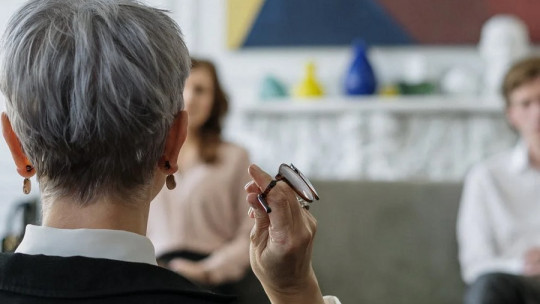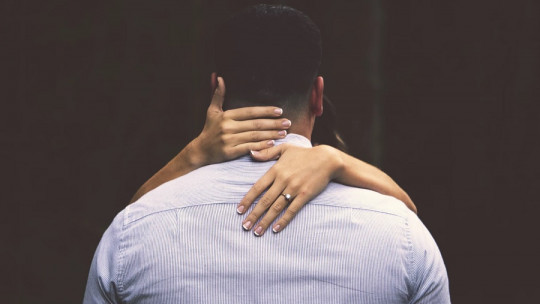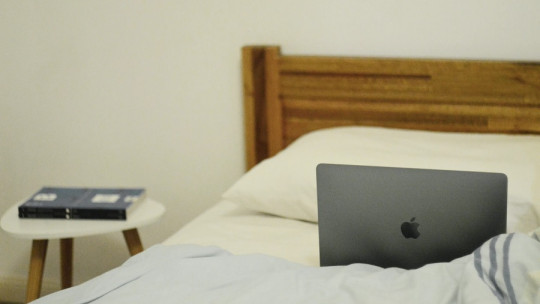Couples therapy is much more than the conversations that occur during sessions with the psychologist. In fact, much of the progress and progress has to do with the activities that the couple does on their own, based on the ideas and practices carried out in the presence of the therapist.
Committing to this process of strengthening the love bond implies carrying out certain habits and exercises on a daily basis, so that the change for the better extends to all areas of coexistence and not only to what happens in the psychology consultation. .
But… what are those actions in which both members of the couple have to get involved in their daily lives? Here we will see a summary of the typical activities of a couples therapy process, to know them better
Common activities in couples therapy
These are several of the habits and activities that are encouraged to be carried out in couples therapy, both in the sessions themselves and, above all, between them, during the hours of being together performing daily actions.
This is an approximation to what is usual in a process like this, but we must keep in mind that each case is unique and psychologists always adapt our intervention proposals depending on the unique characteristics of each person, the relationship and of the context in which both people live.
1. Keep track of time spent together
You need to make a conscious effort to spend time together; but it should be quality time, in which each person can focus on the other person without having their mind on other things. For this you have to have some control over when to do what so that in case problems or unforeseen events arise, it is possible to correct that schedule and create another time to be with the other person.
It’s not about constantly timing your time together, but rather about planning and making sure that during the week there are times when it is possible to be with each other.
Besides, It is recommended that these moments together have a variety of situations and experiences , since this allows one to be in contact with all the facets of the other person and oneself in the context of the couple. For example, if all these moments occur at dusk and while we are at home, we will see a very limited set of actions and attitudes, which leads us to have a simplistic and two-dimensional view of the relationship. In couples therapy, different techniques and strategies are taught to make it easy to keep better control of time and prevent the calendar from dragging us along.
2. Use discussion management guidelines
It would be unrealistic to expect that through couples therapy the arguments between the two will disappear. The key is knowing how to manage them correctly.
For this reason, psychologists who care for couples train them in a series of conflict management activities, so that they do not lead to fierce confrontations or pretending that nothing is happening (which is as or more harmful than arguing intensely). . It is about being able to express oneself, reach consensus about what problems to address, and reach commitments to solve them.
3. Self-knowledge activities
Much of the progress made in couples therapy depends on the way in which we manage to put order in our heads: our opinions, our interests and concerns, our values, etc. For it, Psychologists teach many patients to carry out self-knowledge activities on a daily basis Having this information about yourself allows you to achieve a better fit between the two.
4. Training in non-verbal language and emotional expression
Many times, part of the problem that leads people to couples therapy is that there are blockages in the way we communicate and express ourselves. For example, There are couples in whom a lot of trust has been lost and the idea of being close and even vulnerable generates discomfort , key elements in an emotional and intimate relationship. In this sense, in therapy we work so that both can learn or re-learn these patterns of interaction that go beyond words.
5. Do weekly reviews
About once a week, it is recommended to have a chat about the aspects in which one has noticed progress, added problems, or points in which no progress has been detected so far , both in oneself and in the other person. When doing so, it is necessary to follow a series of guidelines to make this conversation productive, not a fight of egos.
For example, always doing it at the same time and possibly in the same place (to create a kind of protocol), and explaining what one feels and has observed in the most transparent and descriptive way possible, that is, not to generate emotional reactions. on the other (which could lead to accusations and reproaches), but so that they know how we feel.
6. Development of task distribution skills
These activities, so typical of couples therapy, have a part of practicing negotiation skills, and another of using principles of Emotional Intelligence, so that they are consistent with the following idea: clashes of interests do not equal conflicts
Through effective task distribution routines, a balance is achieved between both members of the couple, so that there is no one person more privileged or benefited than the other. This is especially important for couples with children.
Are you interested in going to couples therapy?

If you are considering seeking the help of a psychology center to strengthen your emotional bond or overcome a dating or marriage crisis, contact us. In Psychology For We have a two-decade professional career helping all types of people, and we provide both individual therapy to address forms of discomfort that affect people separately, and couples therapy to work on relational problems. You can count on us at our facilities located in Madrid, or use the online therapy format by video call. On this page you will find more information about us.









